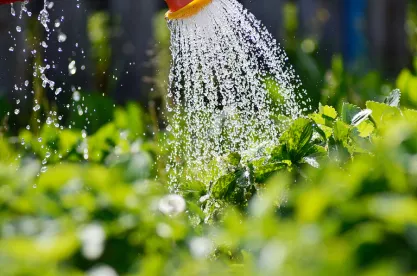Earlier this month, the US Supreme Court scheduled oral argument for November 6th in its review of the Ninth Circuit’s decision in County of Maui v. Hawai‘i Wildlife Fund, et al. The case has significant implications for the scope of the Clean Water Act (CWA), with the Ninth Circuit having ruled that the eventual migration of pollutants from permitted underground injection wells through groundwater into surface waters violates the CWA:
We hold the County liable under the CWA because (1) the County discharged pollutants from a point source, (2) the pollutants are fairly traceable from the point source to a navigable water such that the discharge is the functional equivalent of a discharge into the navigable water, and (3) the pollutant levels reaching navigable water are more than de minimis.
886 F.3d 737, 749 (9th Cir. 2018).
The Ninth Circuit’s decision parallels that of the Fourth Circuit in Upstate Forever v. Kinder Morgan, which held that a leak from petroleum pipeline to groundwater that migrates to creeks or wetlands violates the CWA. In contrast, the Sixth Circuit in a pair of 2018 decisions (see here and here) rejected this theory of CWA liability on the basis that groundwater is a non-point source not covered by the CWA. The issue has significant implications for a whole host of activities that potentially could be subject to CWA permitting requirements if the rationale of the Ninth and Fourth Circuits is affirmed.
Subsequent to the court of appeals’ decisions, the US Environmental Protection Agency (EPA) issued an April 12, 2019 Interpretative Statement, which reviewed public comments, past agency statements and the legislative history of the CWA to conclude that: “releases of pollutants to groundwater are categorically excluded from the [CWA’s] permitting requirements because Congress explicitly left regulation of discharges to groundwater to the states and to EPA under other statutory authorities.” The Agency’s new policy statement is a marked departure from its argument before the Ninth Circuit in Maui, in which US EPA contended that CWA liability attached where there is a “direct hydrological connection” between the groundwater and a jurisdictional surface water.
Meanwhile, several recently-elected members of the Maui County Council have been pushing for settlement with the environmental groups that brought the lawsuit in order to avoid a potential Supreme Court ruling in favor of the County. See Finnerty, R., “Maui Lawmakers Defer Resolution to Settle Clean Water Act Lawsuit,” Hawai‘I Public Radio (May 20, 2019). These council members fear that the case could result in a ruling from the high court supporting a more narrow interpretation of the CWA as outlined in US EPA’s recent Interpretive Statement. However, a resolution that would have allowed the County Council to enter into a potential settlement agreement was tabled in May and has yet to be acted on.
Regardless, the scope of CWA liability for indirect groundwater discharges is a significant issue with many regulatory and cost implications that is unlikely to go away any time soon. Squire Patton Boggs will continue to monitor this litigation and provide further updates regarding its potential policy implications.



 />i
/>i
